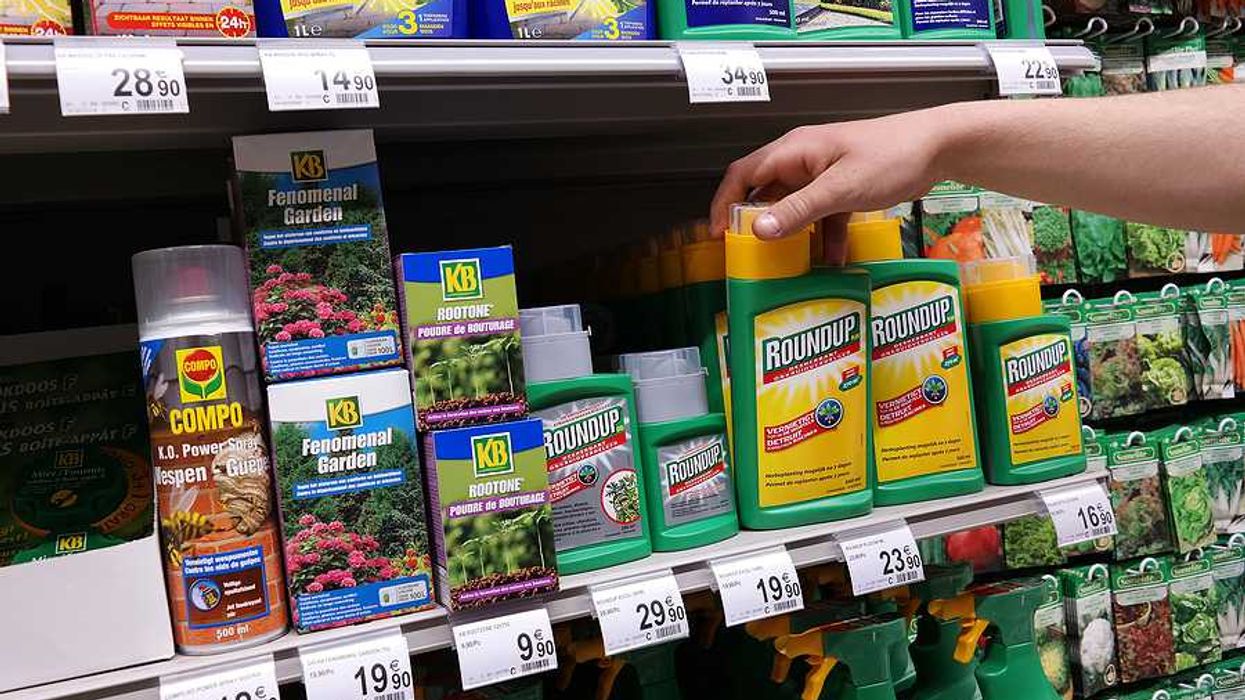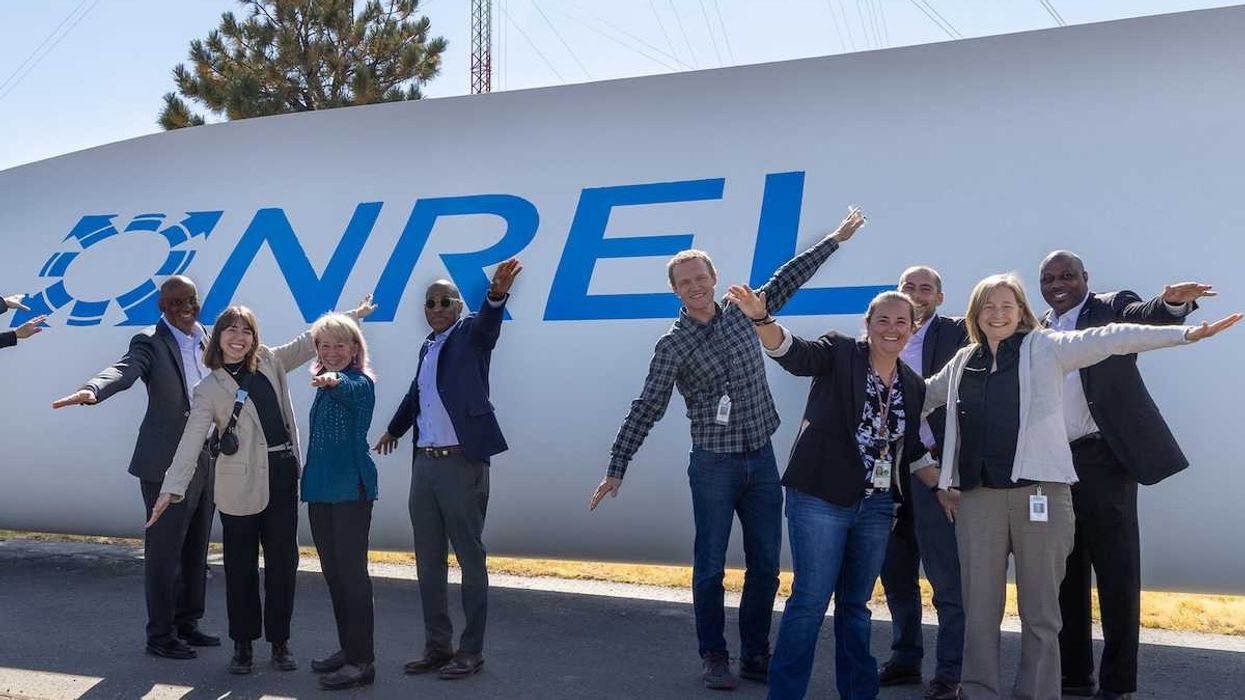Environmental groups are suing the U.S. Environmental Protection Agency for refusing to strengthen safety rules on hydrofluoric acid, a hazardous chemical used in gasoline production at a Pennsylvania refinery near densely populated neighborhoods.
Peter Hall reports for Pennsylvania Capital-Star.
In short:
- The Philadelphia-based Clean Air Council, the Natural Resources Defense Council, and California-based Communities for a Better Environment are suing the EPA.
- More than 40 U.S. refineries still use hydrofluoric acid (HF), including Monroe Energy in Delaware County, despite safer alternatives being available.
- The lawsuit cites risks of catastrophic releases, like the 2019 explosion at the Philadelphia Energy Solutions refinery that released 5,000 pounds of HF.
- Residents and advocates say local emergency preparedness is insufficient, especially after hospital closures and increased reports of chemical odors and flare emissions.
Key quote:
“Poison acid clouds engulfing refinery communities and transit corridors sounds like a horror movie, but it’s a real possibility as long as EPA refuses to engage.”
— Matthew Tejada, senior vice president of environmental health at the Natural Resources Defense Council
Why this matters:
Hydrofluoric acid is one of the most dangerous chemicals used in industry today. Even small leaks can create ground-hugging toxic clouds capable of causing severe injury or death. Facilities using HF are often near residential areas, putting large populations at risk if safety systems fail — as nearly happened in Philadelphia in 2019. Emergency responders face additional hurdles when hospitals close, cutting response times and care access. While industry points to its safety protocols, critics argue that relying on complex containment systems and rapid human intervention is an unacceptable gamble. Continued transport of HF by truck and rail only adds more points of potential failure, heightening the danger to both workers and surrounding communities.
Related: The Titans of Plastic














